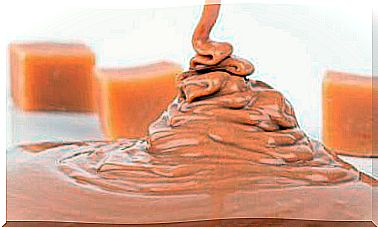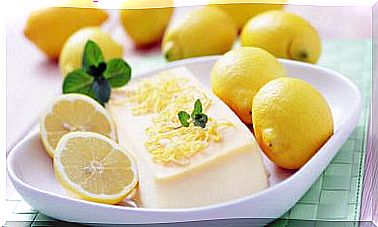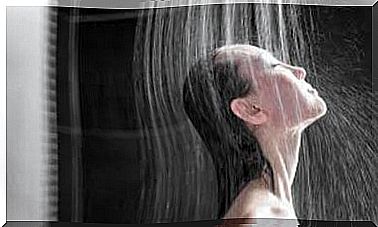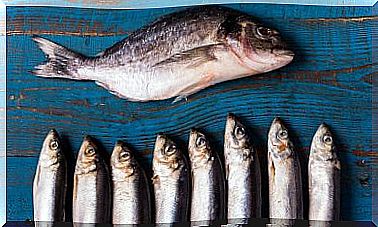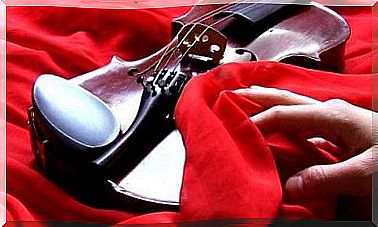Second Degree Burn: What To Do?
In the home, chances are high that you will suffer a second degree burn. These injuries are produced in the tissues by the action exerted by fire, cold, chemicals, electricity, boiling water and even the sun’s rays. The damage depends on the temperature, the duration of the exposure and the affected area.
How does a second degree burn affect the skin? First, we must know that the skin has two layers: epidermis and dermis. In turn, the epidermis is divided into: corneal, lucid, granular and germinal; meanwhile, in the dermis are the hair follicles, sweat glands, nerve fibers and connective tissue
These two layers are responsible for protecting the skin from infection, regulating temperature and preventing the loss of body fluids. When you have a burn, you have a higher chance of getting infections.
How do you know if a burn is serious?
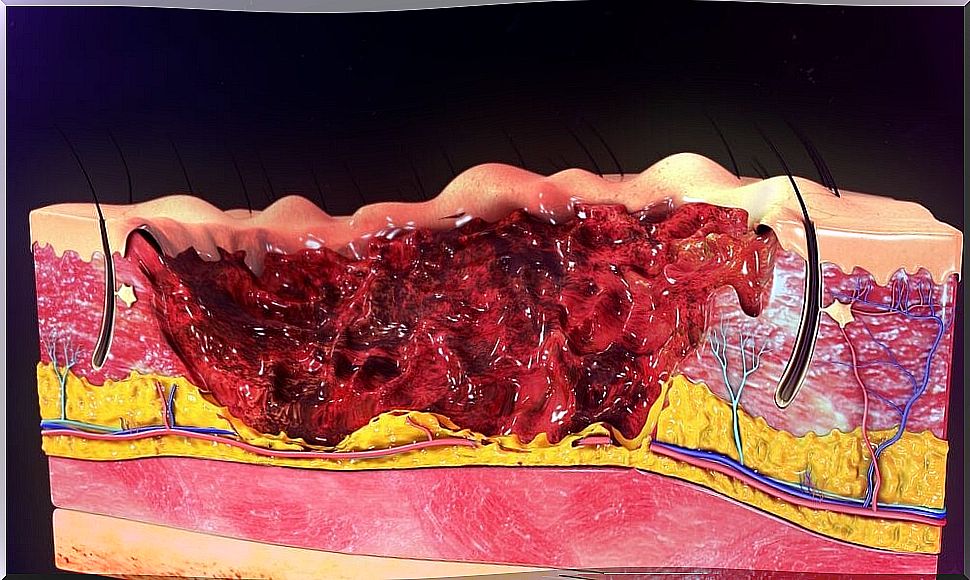
To determine the severity of a burn, the following aspects are evaluated:
- Extension: the more extensive the burn, the greater the state of severity, since fluids are lost and there is a high risk of infection.
- Location: the hands, feet, genitals, face and the skin around the elbows, armpits and knees are areas that present more problems when it comes to burning. In these areas, the skin is thinner and more delicate; If not treated properly, it does not heal well.
- Depth: refers to the degree of temperature and the duration of the contact. They are divided into: first, second and third degree, depending on the destruction of the tissue.
Characteristics of second degree burn
A second degree burn occurs when heat has destroyed the epidermis and a greater or lesser thickness of the dermis. Therefore, when a person suffers a burn of this type, they not only present swelling, redness and burning in the area, but they can also present blisters and other discomfort of greater intensity.
It should be noted that blisters with clear fluid are one of the main characteristics of second-degree burns. In these situations, urgent medical attention is required.
Classification of second degree burns
According to the classification, a second degree burn can be superficial or deep.
Superficial
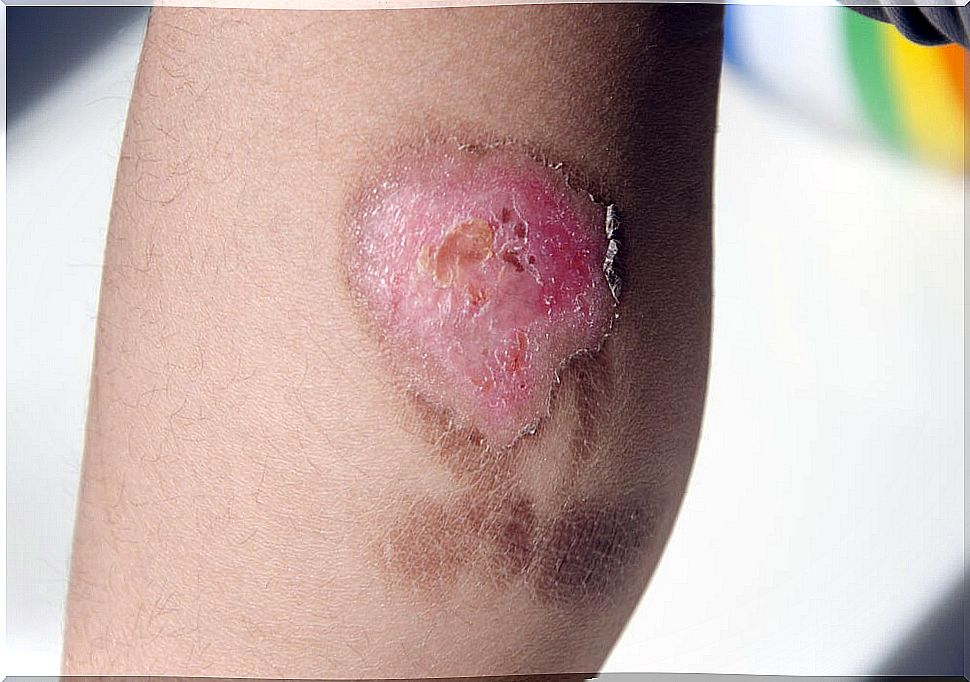
It affects the epidermis and the upper face of the dermis, where it forms blisters and exudates serum. The affected area has the following characteristics:
- It is painful.
- Pink hue.
- It bleaches with pressure.
- Exaggerated sensitivity to punctures.
Fortunately, superficial damage heals in approximately three weeks with the help of local epidermal elements. Also, hair follicles and sebaceous glands are repaired.
Deep
These burns affect two deep thirds of the dermis. Its characteristics are as follows:
- Pale appearance
- Pasty
- Does not bleach with pressure.
- Thick and firm lesion.
The healing time is much slower. It can take up to 35 days to heal, at least partially.
Treatment

Before a second degree burn, the first thing is to place the victim in a comfortable position and d check your vital signs. Then check for further complications, such as a fracture, bleeding, or shock.
Then gently wash the wound with water or serum for 10 minutes; if you have sterile gloves, they will work for you. For no reason do you pop the blisters, Because by doing so, you leave the door open to germs and other potentially harmful microorganisms.
It is advisable to cover them with gauze or with a clean and damp cloth. Don’t put pressure on the bandage do not use ointments of any kind. If there are remains of clothing stuck to the skin, wait for the specialist to remove them. Finally, you have to go immediately to a hospital.
The doctor will determine a treatment based on the symptoms, age and health of the patient. In many cases, the use of antibiotic ointments or routine antibiotics may be necessary. He also suggests cleaning the wound daily to remove dead cells or residue from the topical medication.
Usually the burn can heal in 2 to 3 weeks, as long as it is treated carefully. However, if they are more severe burns, they may take longer to heal completely.
Care during healing
- Use neutral soap and hydrate the skin.
- Avoid exposing yourself to the sun and in case you need to, use sunscreen and long-sleeved cotton clothing to keep the area covered.
- Leave the area covered to avoid contact with dust or other germs.
Prevention is key
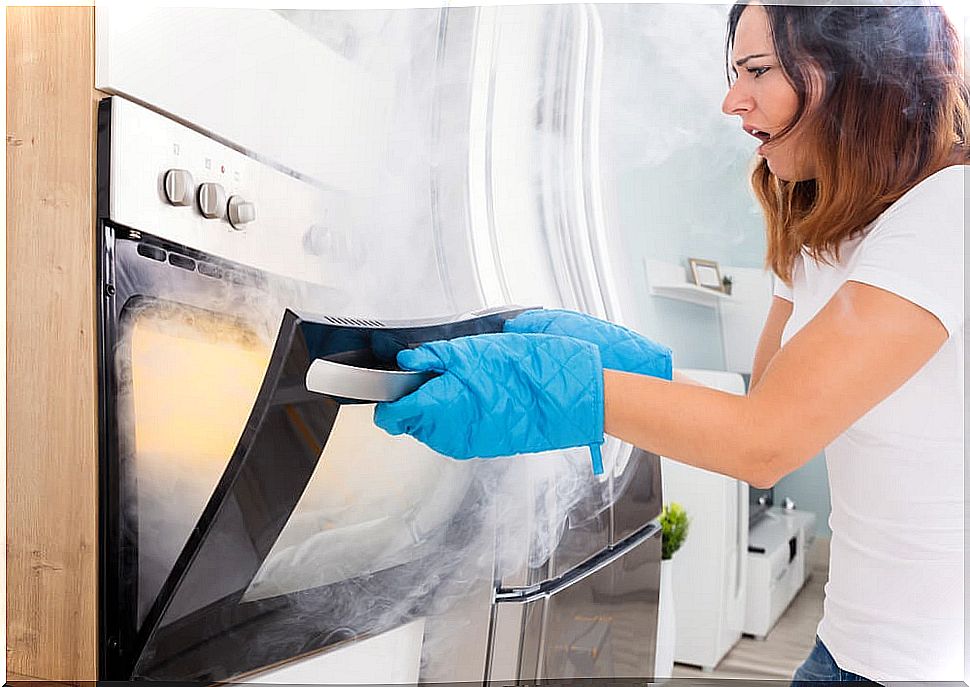
To avoid suffering the discomfort caused by a second degree burn or of any other type, it is best to implement certain preventive measures. Some of them are:
- Be careful when using pressure cookers. On the other hand, never leave the items you are cooking with unattended.
- When you cook, keep the handles of the pans turned inside.
- Periodically check the electrical and gas installations.
- Check and regulate the water temperature before entering the shower.
- Never handle electrical appliances with wet hands.
- Don’t plug multiple appliances into the same outlet.
- If you are going to use very aggressive chemical products (to clean, do a work at home, etc.), put on gloves and protective glasses and be careful so that the substance does not come into contact with the skin.
- Keep dangerous products out of the reach of children, including matches, lighters, and candles.
In case you experience a second degree burn, avoid self-medication and go to the doctor as soon as possible.
